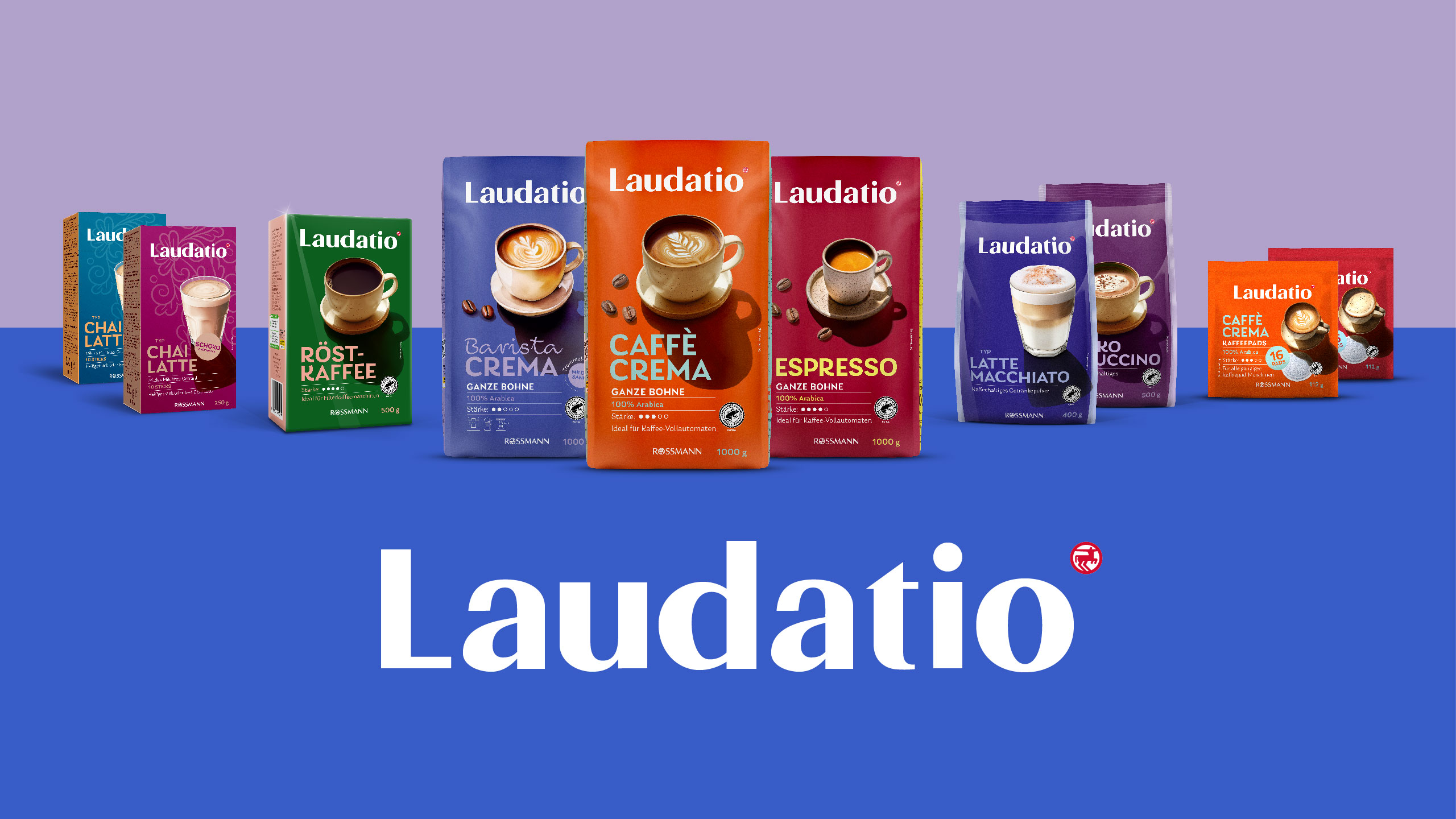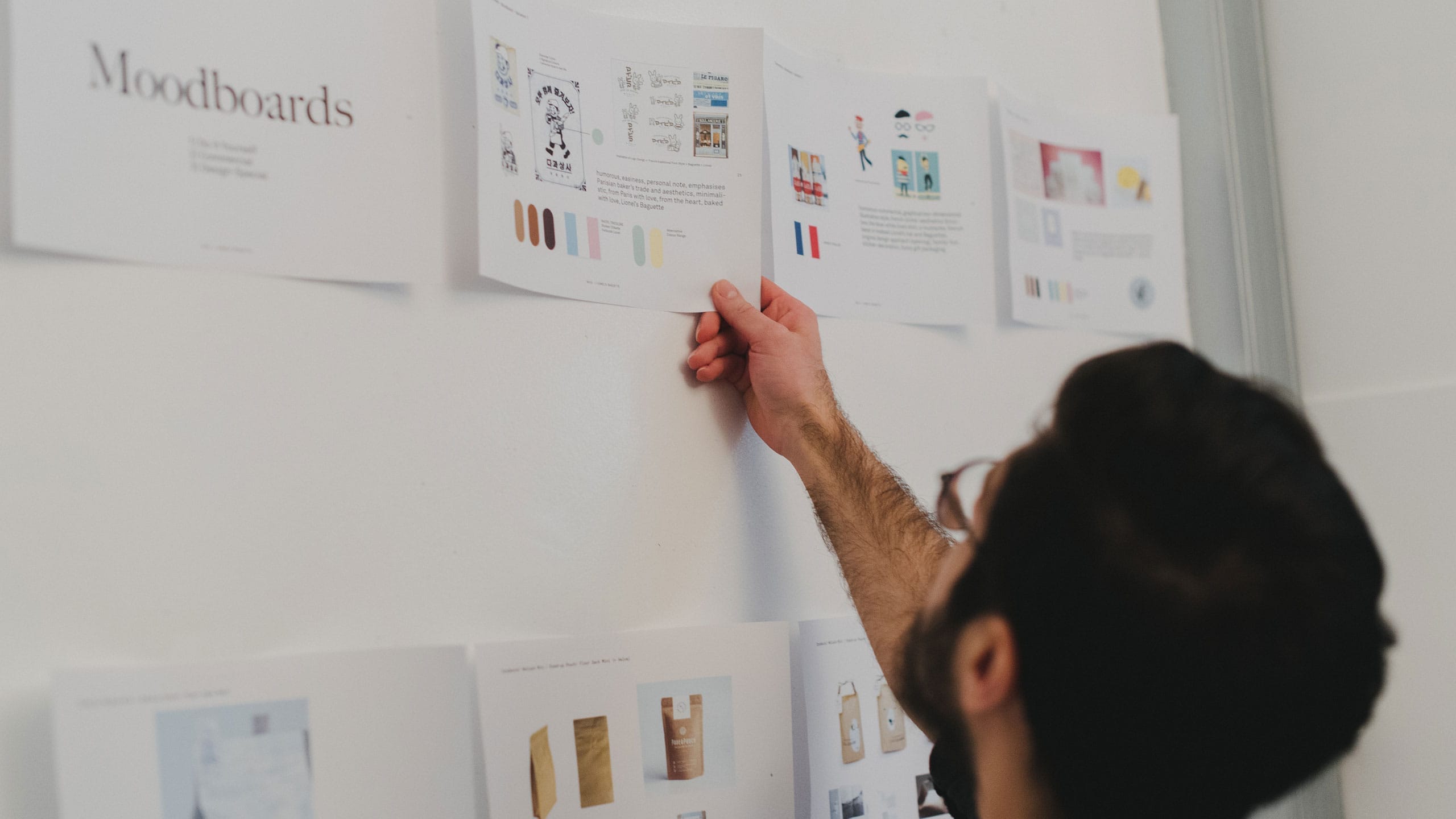How does MILK. work as an agency for packaging design & innovation?
The development of packaging solutions requires far more than creativity. It is a process between strategy, design, technology and sustainability.
At MILK. we combine brand strategy with material, design and production expertise – interdisciplinary, data-based and future-oriented.
Here we explain how agency processes in packaging design at MILK., which phases are decisive and why methodical work is the key to successful brand and packaging solutions today.
Table of contents
- What does process thinking mean in packaging design?
- The MILK. Workflow – from strategy to market launch
- Practical examples from projects
- Challenges & future developments
- Conclusion & recommendation for action
What does process thinking mean in packaging design?
Packaging design is not a linear project, but an iterative, data-driven process.
Brands today have to react more quickly to market changes, regulation and sustainability – this requires structured but agile working methods.
At MILK. we understand packaging as a strategic process that integrates brand, design, material, production and communication. The result is packaging that not only looks good, but also functions ecologically, technically and in terms of brand strategy.
The MILK. Workflow
From strategy to market launch
Our processes are modular and adapt to the requirements of every project: from start-ups to international brands.
1. insight & research
Market, material and consumer analyses form the basis. We examine competitors, target groups and trends – and define areas of opportunity for brand and design.
2. strategy & positioning
Together with our customers, we develop brand identity, design guidelines and tonality. Sustainability, regulation and trade are incorporated at an early stage.
3. concept & design development
This is where the creative implementation takes place: logo, structure, color scheme, storytelling and material concepts. We work with mood boards, renderings and prototyping tools to make ideas tangible.
4. testing & material validation
Before production release, we test functionality, printing technology and recyclability. Our Material Lab provides sound data on material innovation and sustainability.
5. artwork & production
MILK. accompanies the technical implementation up to the pre-press stage. We check colour profiles, material compatibility and optimize processes for series production.
6. launch & brand management
After the roll-out, we support brands with communication, POS design and brand extension – for long-term consistency and impact.
Examples from practice
Laudatio – Rebranding for Rossmann’s own coffee brand.

We redeveloped the private label from the concept idea to the final print data. The central design element is the light-flooded taste shot on the facing: it captures a moment of pure enjoyment. This appeals to the senses at the POS even before the first sip has been drunk and conveys warmth, joy and trust – values that consumers particularly appreciate in a hectic everyday life.
Saltletts – the crunchy bites: Crunchy time-out from the oven.

The packaging of the Crunchy Bites immediately whets the appetite for more: bright colors for maximum attention, clear typography for quick access to the shelf and dynamically staged touch shots that crunch just by looking at them. Because good packaging should not just be a protective cover but also a promise of taste.
Challenges & future developments
The agency landscape in the packaging sector is changing rapidly.
Digitalization, sustainability and new regulations require in-depth specialist knowledge and agile processes.
Technological complexity
Data-based design systems, AI-supported layouts and variable printing processes are fundamentally changing workflows. Partnerships are becoming crucial.
Collaboration & speed
Co-creation with customers, suppliers and production partners is replacing traditional agency models. Time-to-market is becoming the key performance indicator.
Sustainability as a process
Sustainable design is no longer an add-on, but an integral part of every step of the process – from the choice of materials to communication.
Regulatory integration
PPWR, EmpCo and DPP requirements require compliance expertise right from the design phase.
AI & automation
Artificial intelligence is changing research, concept development and artwork automation. Agencies that integrate AI in a meaningful way increase precision and efficiency.
Conclusion
Structured processes are the basis for successful packaging projects.
The combination of creativity, material expertise, technological understanding and strategy makes the difference.
Recommendations:
- Develop packaging design as a process, not as a project.
- Integrate sustainability and regulation at an early stage.
- Rely on data-based Insights instead of gut feeling.
- Use AI tools to combine efficiency and creativity.
- Work with partners who think holistically.
The result is packaging that is not only attractive, but also sustainable.
